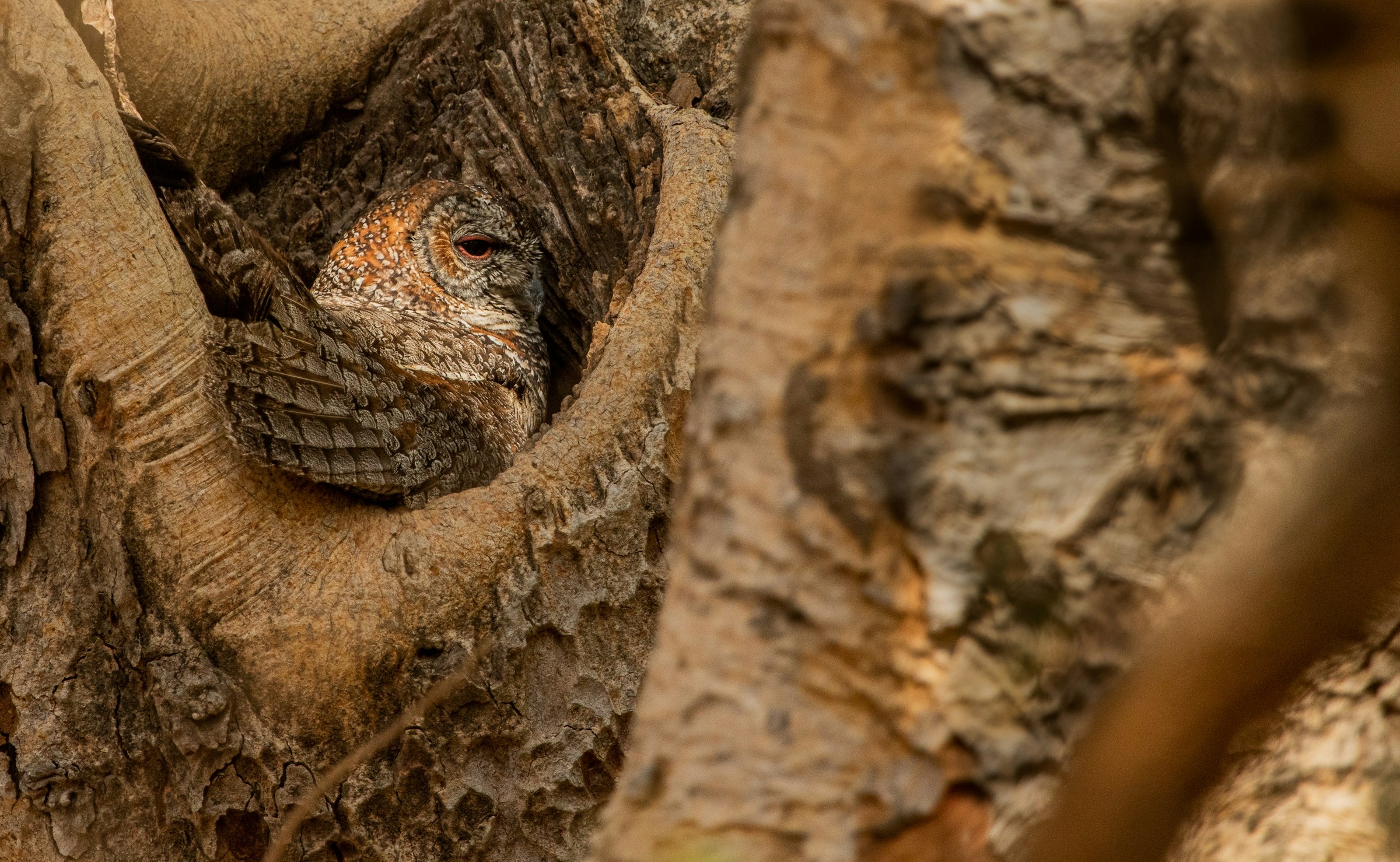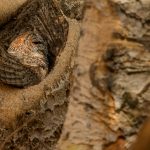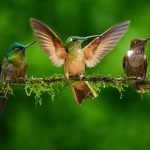Drone usage in the UK has surged, but this convenience poses a significant threat to nesting raptors. Regulations are now being established to protect these majestic birds from disturbances that can disrupt their breeding cycles. Understanding these regulations is essential for drone users and wildlife enthusiasts alike. Explore how thoughtful legislation balances the advancement of drone technology with the preservation of our natural heritage.
Overview of UK Drone Regulations
Navigating UK drone laws can be a complex task, but understanding the essentials is crucial for any drone operator. The UK Civil Aviation Authority (CAA) plays a pivotal role in regulating drone usage. Their primary focus is to ensure safety and compliance with airspace rules. The CAA mandates that drones weighing over 250 grams must be registered, and operators must pass an online competency test.
A lire également : Transform Your Garden into a Sanctuary: Protecting Stag Beetle Populations in the UK
In addition to safety, wildlife protection laws are integral to these regulations. Drones can disturb wildlife, particularly during sensitive periods like breeding seasons. As a result, operators are required to maintain a safe distance from wildlife areas. This ensures that the natural habitats remain undisturbed, aligning with conservation efforts.
Recent updates to drone laws have introduced stricter measures. These include no-fly zones around airports and densely populated areas. The implications of these updates are significant, as they demand heightened awareness and responsibility from drone users. Non-compliance can lead to hefty fines or even prosecution.
Sujet a lire : Transforming UK Cities: Strategies for Urban Planners to Create Bird-Friendly Environments
Understanding these regulations not only keeps operators on the right side of the law but also promotes responsible drone usage that respects both public safety and the environment. Staying informed about these updates is essential for anyone involved in drone operations within the UK.
Specific Regulations for Nesting Raptors
In the UK, nesting raptors enjoy special protection under drone operation guidelines. These majestic birds, which include species such as eagles and hawks, are particularly vulnerable during their breeding seasons. As such, the Civil Aviation Authority (CAA) has established designated no-fly zones around their nesting sites to ensure minimal disturbance.
Drone operators must adhere to strict distance requirements when flying near these areas. Typically, a minimum distance of 500 meters must be maintained from any active nest. This buffer zone is crucial to prevent stress or disruption to the birds, which can have significant repercussions on their breeding success.
Violating these regulations can lead to serious legal consequences. The penalties for disturbing nesting raptors include substantial fines and, in severe cases, prosecution. Authorities take these breaches seriously, as they can directly impact the conservation efforts for these protected species.
By respecting these guidelines, drone users contribute to the preservation of these important birds. It is essential for operators to stay informed about the locations and boundaries of these no-fly zones, which are regularly updated to reflect the nesting habits and movements of raptors. This knowledge ensures responsible and lawful drone operation.
Impact of Drones on Wildlife
Understanding the drones wildlife disturbance is essential for responsible drone operation. Research indicates that drones can significantly disrupt nesting raptors, causing behavioural changes that may impact their survival. When drones approach these birds, they may exhibit stress responses such as increased vigilance or even abandoning their nests. This disturbance can lead to decreased breeding success, affecting the overall population of these majestic creatures.
Conservation Impact
The conservation impact of drone activity is a growing concern among wildlife experts. Continuous exposure to drones can alter the natural behaviours of wildlife, leading to long-term consequences. For raptors, repeated disturbances can result in lower reproductive rates and increased mortality of chicks. Over time, this can contribute to a decline in raptor populations, posing a threat to biodiversity.
Long-Term Effects
The long-term effects of drone activity on raptor populations are not fully understood, but the potential risks are clear. Prolonged stress and habitat disruption can weaken the health and sustainability of these species. It is crucial for drone operators to be aware of these impacts and adhere to regulations designed to protect wildlife. By doing so, they can help mitigate the negative effects of drones on wildlife and support conservation efforts.
Conservation Efforts and Collaborations
The intersection of raptor conservation and drone technology presents unique opportunities and challenges. Conservation organizations are pivotal in shaping how drones are regulated to safeguard these birds. They work closely with authorities to ensure that drone use aligns with conservation goals, particularly for vulnerable species like raptors.
One of the significant aspects of this collaboration is the creation of guidelines that balance drone use in conservation with wildlife protection. For example, organizations often advise on the implementation of no-fly zones and the development of educational programs for drone operators. These initiatives aim to mitigate the adverse effects of drones while harnessing their potential for conservation.
Collaborative efforts between drone operators and wildlife agencies have led to innovative conservation strategies. By employing drones, researchers can monitor raptor populations more effectively, accessing remote or hazardous areas without disturbing the wildlife. This technology provides valuable data that informs conservation strategies, such as habitat preservation and species protection.
Case studies highlight successful conservation initiatives involving drones. In one instance, drones were used to track and document the nesting habits of endangered raptors, leading to improved protection measures. These collaborations demonstrate the potential for drones to contribute positively to conservation, provided they are used responsibly and in accordance with established regulations.
Best Practices for Drone Pilots
Engaging in drone operation best practices is essential for minimising the impact on wildlife. Before taking flight, ensure you complete a thorough pre-flight checklist. This should include verifying your drone's registration and checking for any active no-fly zones, especially near sensitive wildlife areas. Always assess weather conditions, as poor visibility can increase the risk of disturbing wildlife.
When flying near nesting areas, adhere to recommended flight paths and altitudes. It's crucial to maintain a safe distance from nests, generally no closer than 500 meters, to avoid stressing the animals. Flying at higher altitudes can also reduce noise disturbance, which is beneficial for both wildlife and compliance with regulations.
If you encounter any wildlife disturbances during your flight, it's important to know how to report them. Document the incident with details such as location, time, and nature of the disturbance. Reporting these incidents to relevant authorities helps in monitoring and mitigating the impact of drones on wildlife.
By following these wildlife-friendly flying practices, drone pilots can enjoy their flights while contributing to the conservation of the environment. Responsible drone operation not only safeguards wildlife but also ensures the longevity of drone usage in natural habitats.
Case Studies and Real-World Examples
Exploring drone case studies provides valuable insights into the practical application of drone technology in wildlife protection. In one notable incident, drones were used to monitor nesting raptors in a remote area, allowing researchers to gather data without disturbing the birds. This approach resulted in a significant increase in nesting success, demonstrating the potential of drones to support conservation efforts.
Wildlife protection examples highlight the importance of responsible drone operation. In a particular case, drone operators collaborated with conservationists to establish no-fly zones around sensitive nesting sites. This initiative not only safeguarded the raptors but also educated the local community about the importance of protecting these areas.
Lessons learned from these drone case studies emphasize the need for operators to prioritize wildlife safety. Successful examples show that adhering to guidelines and maintaining a respectful distance from wildlife can lead to positive outcomes. Operators who engage in best practices contribute to the preservation of raptor populations and the broader ecosystem.
By examining these real-world examples, we gain a deeper understanding of how drones can be effectively integrated into conservation strategies. These stories serve as a testament to the potential of technology to enhance wildlife protection when used thoughtfully and responsibly.
Resources for Drone Operators
Navigating the world of drones requires access to reliable drone resources and wildlife protection guides. For operators, the official CAA guidelines serve as a foundational resource, outlining essential regulations and safety protocols. These guidelines ensure that drone usage aligns with legal and conservation standards, particularly in sensitive areas.
To assist pilots in identifying critical nesting areas, several recommended apps and tools are available. These resources provide real-time data on no-fly zones and wildlife habitats, helping operators plan their flights responsibly. By using these tools, drone pilots can avoid disturbing protected species and comply with regulatory requirements.
Educational resources play a vital role in enhancing operators' understanding of raptor behaviour and conservation needs. Workshops, online courses, and informational websites offer in-depth insights into the ecological importance of raptors and the impact of drone activity on their habitats. These resources empower operators to make informed decisions that support conservation efforts.
For those seeking to deepen their knowledge, collaboration with wildlife experts and participation in conservation initiatives can provide valuable experience and insights. By leveraging these resources, drone operators not only enhance their skills but also contribute to the protection and preservation of our natural environment.






